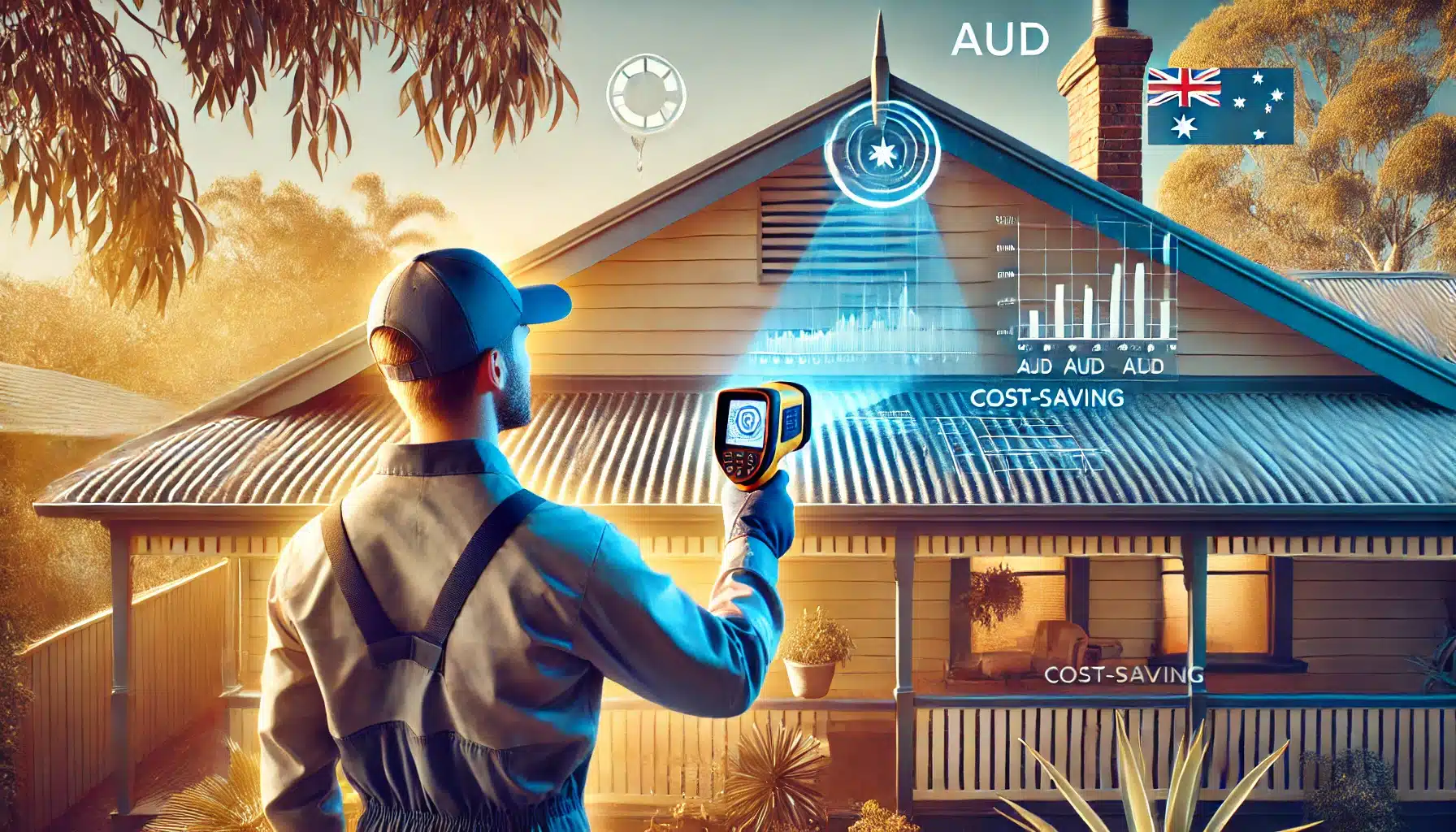
To receive your discount please fill in your details below.
It warms our hearts to see our valued HEROES being taken care off.




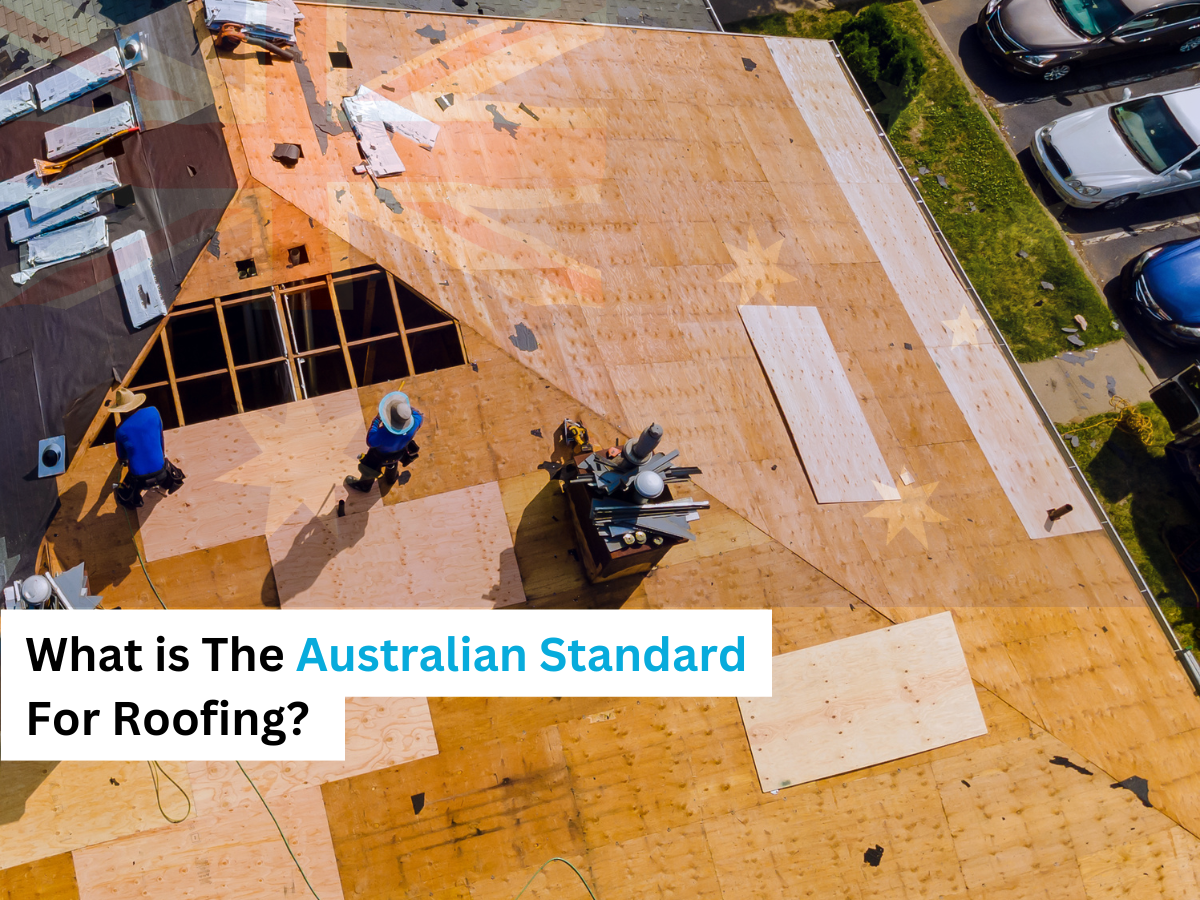
In construction, standards are very important otherwise, buildings and homes would be falling over.
Imagine the horror of it and you’d understand why it is important for everyone to be aware of the standards.
Even as a homeowner watching a contractor work on your roof, knowing these standards can ensure that you and your contractor are on the same page.
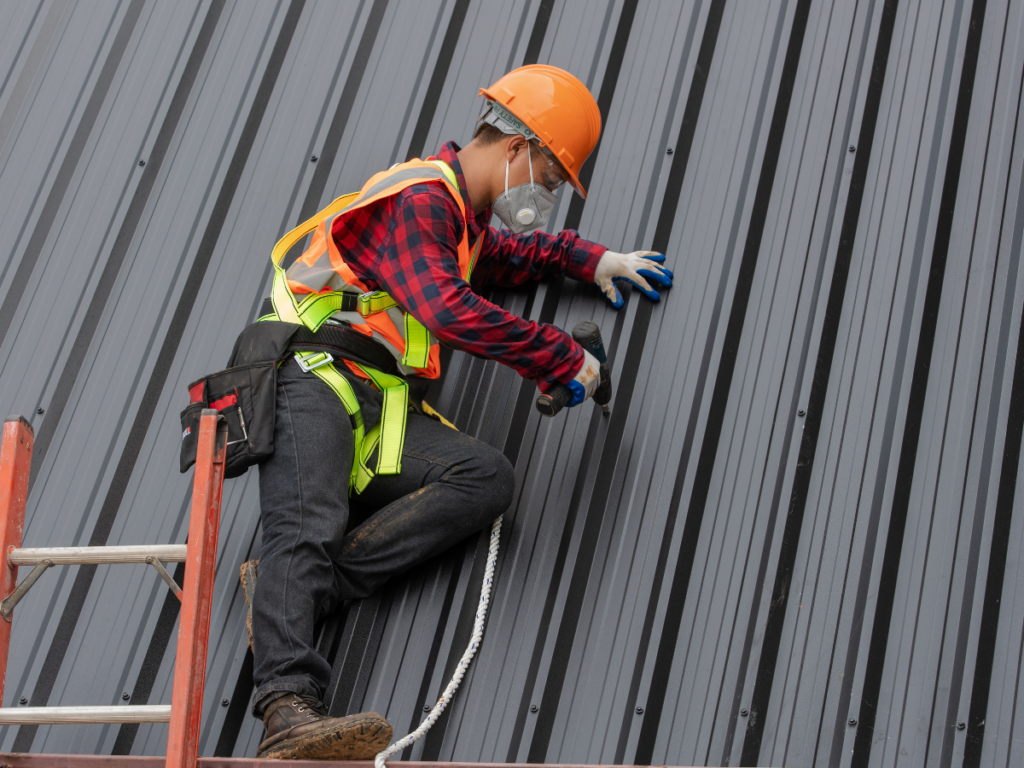
AS 1562.1:2018 is an Australian standard that helps builders design and install metal roofs and wall coverings. It’s like a rulebook for roofers working with metals, plastics, or cement fiber materials to make sure roofs are strong and long-lasting.
The guidelines also explain:
This handbook is super useful for project managers, builders, carpenters, engineers, and technicians. It helps them build safely and meet Australia’s construction rules.

This standard is all about how to properly build and install wooden roof trusses (the framework that holds up your roof). It tells builders:
Think of it as the rulebook for making sure wooden roofs don’t collapse or get damaged in strong winds.
This standard explains how to design and install plastic covering for walls and roofs. It helps builders:
Plastic cladding is common in Australia because it’s lightweight and durable, but it needs to be installed correctly to work well.
This handbook helps builders select and install metal roofing and wall coverings. It covers:
The main goal is to keep rain out and make sure water goes into the storm drain system instead of damaging your building.
This updated standard makes sure only the best materials are used for Australian roofs. The updates focus on:
These updates help ensure roofs can handle our extreme weather and last for many years.
This Australian standard makes sure metal roofs can handle all kinds of weather.
Thermal Performance: The rules check that materials won’t warp, crack, or break when it gets really hot or really cold. Think of it like making sure your roof won’t get damaged during summer heatwaves or winter frosts.
Load-Bearing Considerations: The standard now includes important safety checks for:
Why These Updates Matter: These changes make sure metal roofs are;
Compliance is Important:
Following these rules isn’t just recommended – it’s essential. Proper installation means your roof will last longer and protect your home or building better.
Following the building code isn’t just a checkbox. It’s the backbone of industry practice that keeps everything safe and sound, avoiding expensive problems down the line.
AS 1562.1:2018 isn’t something you can skip—it’s required for all new builds, meaning property owners have a legal duty they can’t overlook.
This isn’t just about ticking off rules. It’s about keeping people safe. By sticking to Australian roofing standards, property owners make sure everyone, from occupants to maintenance crews, stays protected.
This document outlines the safety and performance requirements for transportable electricity generating sets with capacities up to 25 kW, designed to provide independent mains-voltage AC power.
It addresses safety concerns related to electrical, mechanical, and thermal hazards, as well as fire and explosion prevention. Additionally, it specifies criteria for rating, performance, design, construction, and markings.
The appendices include details to be provided before purchase and recommendations for proper use.
In Australia, the standard range of roof pitches generally falls between 15 and 30 degrees and is commonly used in the construction industry. However, this range may vary based on factors such as geographical location, design requirements, and local building codes.
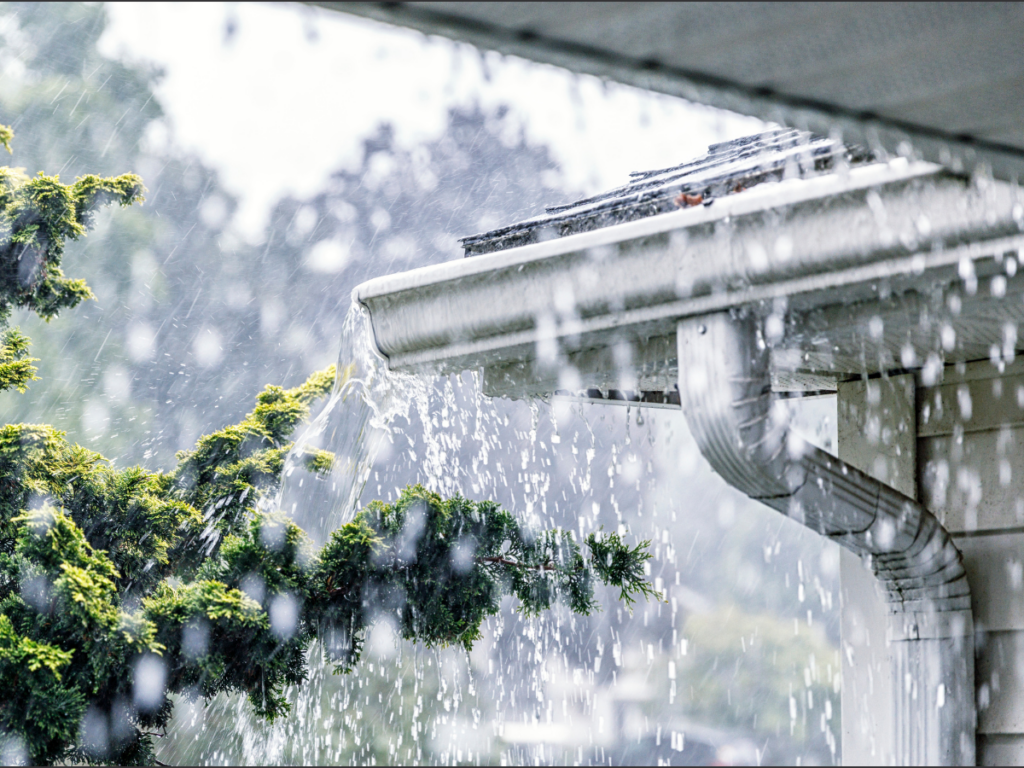
A robust stormwater drainage system is vital for protecting a building from water damage. AS 3500.3 outlines the necessary requirements for designing and installing these systems to effectively channel water away from the structure.
Proper installation of gutters, downpipes, and other components, as recommended by HB 39-2015, is crucial to prevent water pooling and subsequent corrosion. Regular maintenance, such as cleaning gutters and downpipes, is also essential to ensure the system functions correctly, keeping the roof dry and secure.
Installing a metal roof is a precise art, guided by AS 1562.1:2018, which sets the standard for best practices in design and installation. Key techniques, like proper weatherproofing, ensure that roofs withstand the elements, from directing rainwater efficiently to creating watertight seals.
The standard also emphasizes the importance of roof flashing and capping, crucial components that protect joints and edges from water ingress. Every step, from sheet alignment to ridge securing, demands accuracy to craft a roof that not only covers but also protects and endures.
Selecting the right materials for a metal roof is crucial for ensuring its longevity. The Standards Australia Handbook HB 39-2015 offers detailed guidelines on material thickness, compatibility, and corrosion resistance, helping to ensure that all components work together without deterioration.
Understanding how different environments influence corrosion rates is particularly important in Australia’s varied climates. Special attention must be given to choosing fasteners and fixtures, especially when different metals are involved, to prevent corrosion and enhance the roof’s durability.
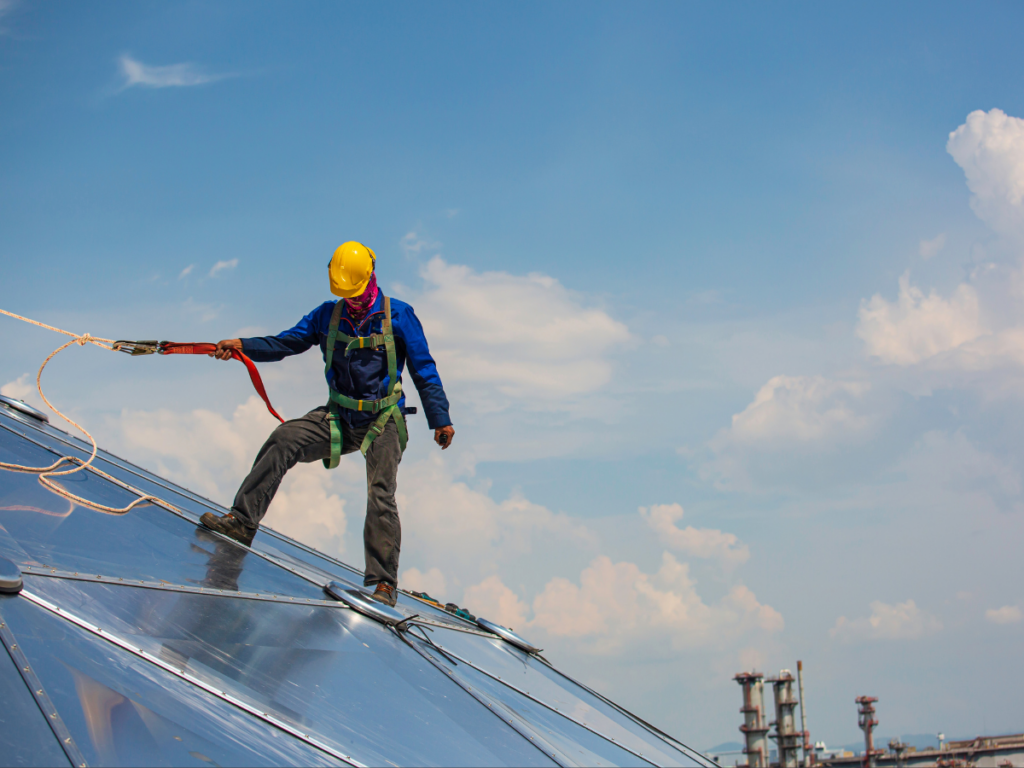
To keep a metal roof in good condition, regular inspections and maintenance are crucial. Early detection of issues like wear or corrosion allows for timely repairs, helping to avoid more costly problems later. Simple actions like repainting and resealing are vital for shielding the roof from environmental damage.
Engaging professional roofing services for periodic maintenance ensures the roof remains safe and durable. Adhering to Australian Standards for roofing maintenance not only preserves the roof’s appearance but also extends its lifespan, offering long-term protection for the building.
For those in need of expert services, you should only consider roof restoration Melbourne specialists who are well-versed in these standards and committed to delivering exceptional results.
Without established standards there would be no way to guarantee that your roof wouldn’t suddenly cave in during a heavy rain storm. These standards bind roofers, guaranteeing not just their safety but also that of homeowners. In the end, everyone ends up happy on account of these rules.


